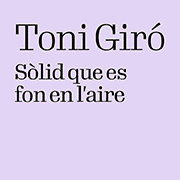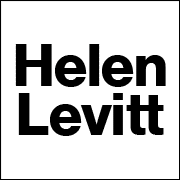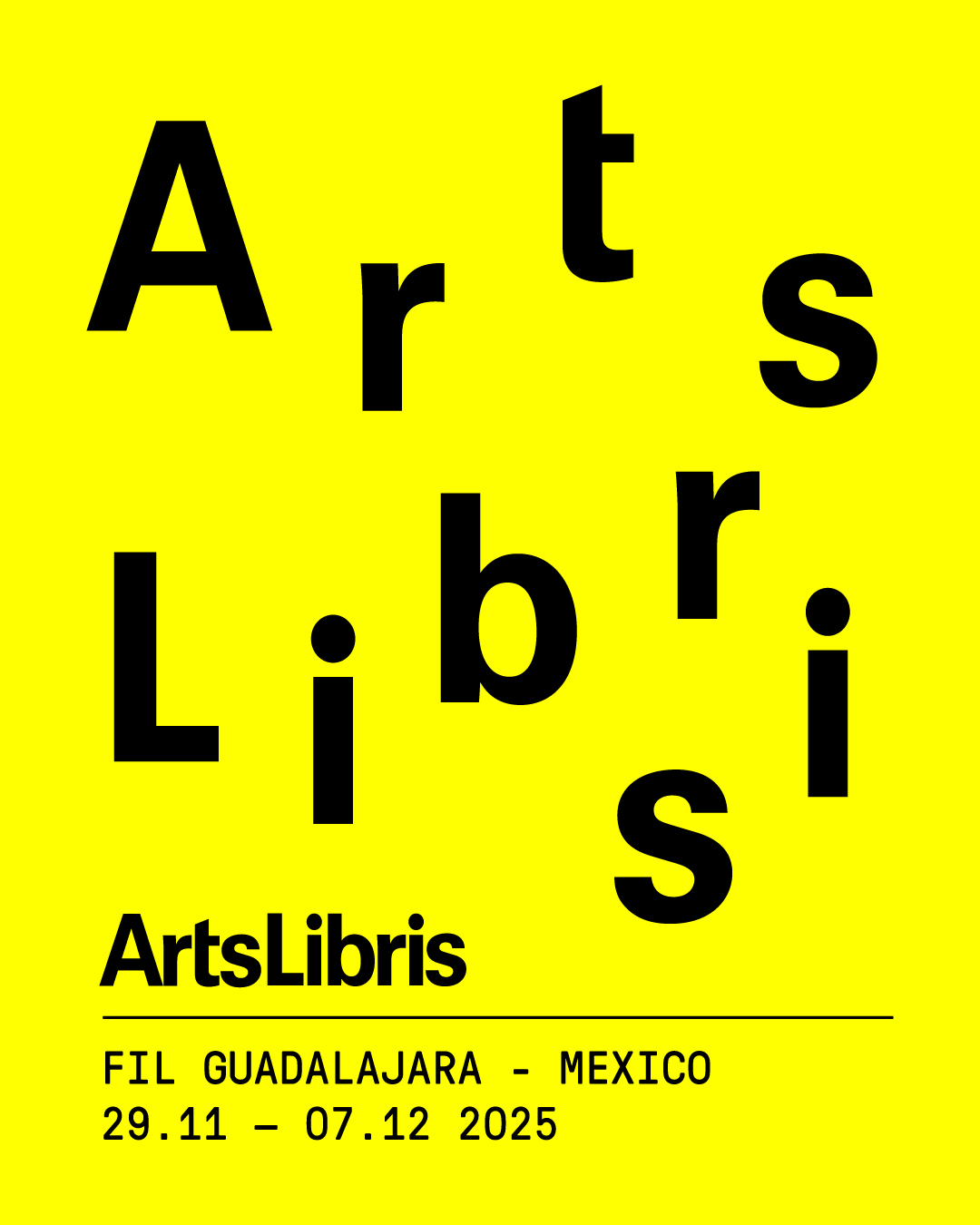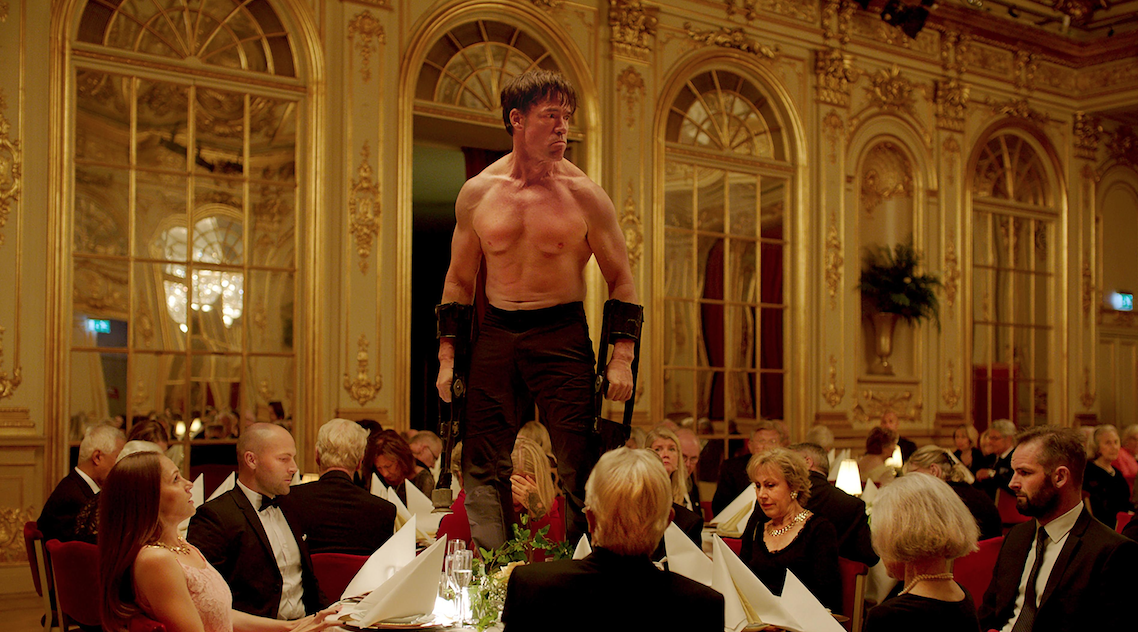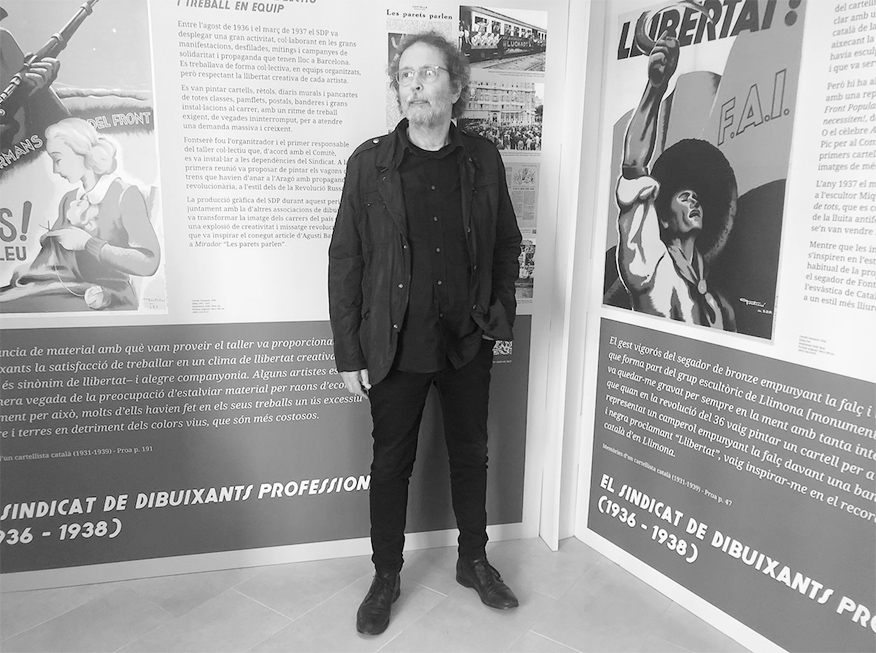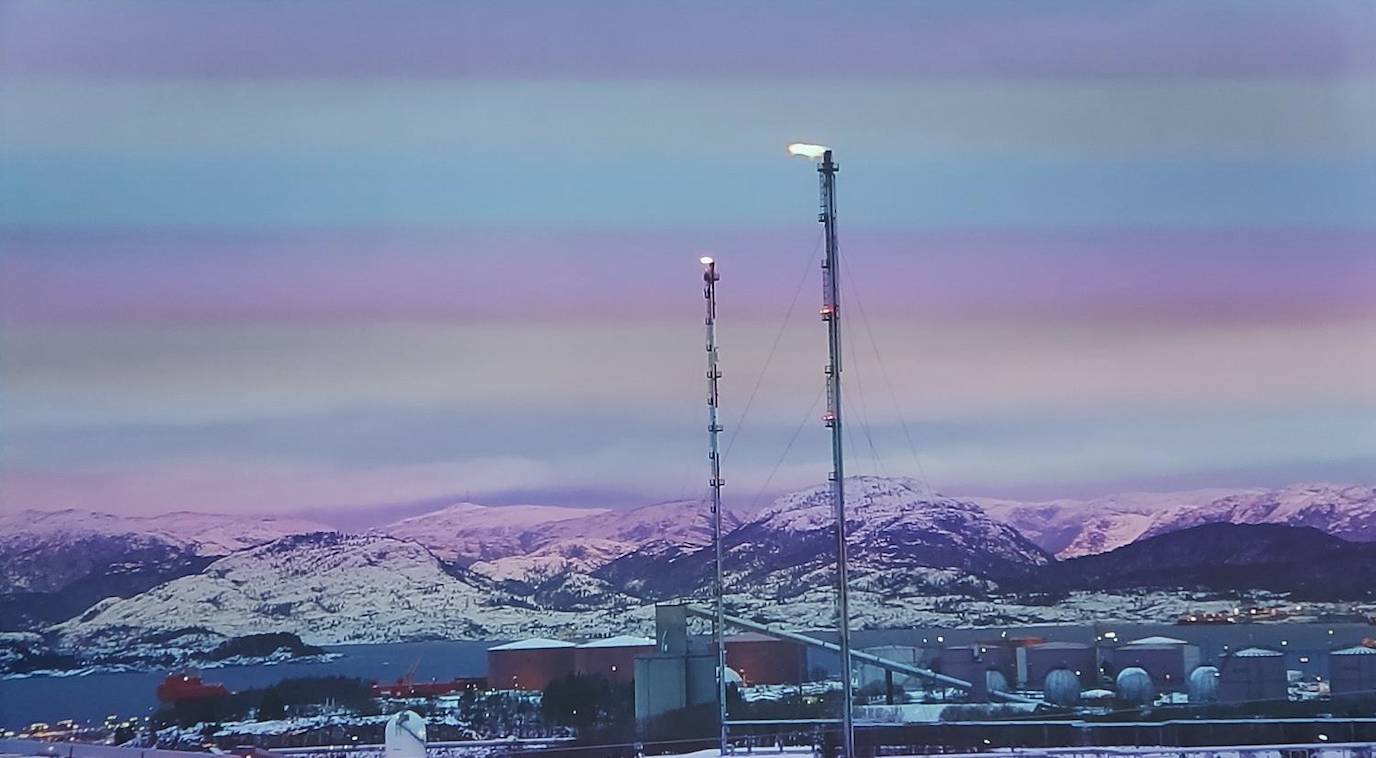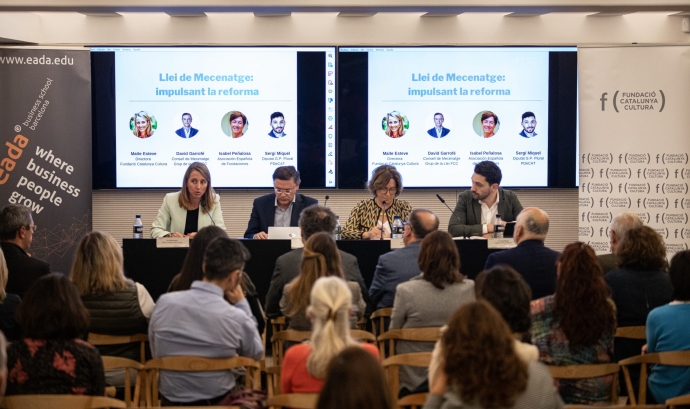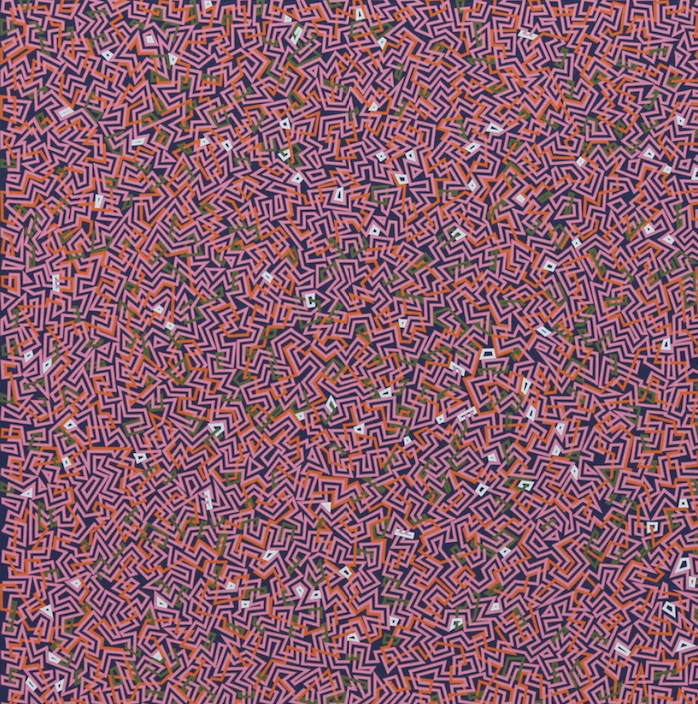
When you start reading the text of a catalog and come across the question raised by Albert Mercadé about whether it makes sense to talk about abstraction now, you are predisposed to look at the works with an open mind to all kinds of questions.
Gorka Piñol's works may seem easy to read, but as you enter them you feel trapped by their webs, by their repetitions, by a whole framework whose rules you don't know but you don't know why it's familiar to you .
The first impulse may be to try to discover its law, but soon you realize that these thick plots straddle the narrow line that separates order from chaos, and you let yourself be caught by them without pretending to grasp them.
And then you discover the reason why they are familiar: isn't our world full of frameworks? Isn't repetition one of the constants of our everyday life? Isn't this walk between order and chaos one of our best-known experiences?
The same artist's texts connect you directly with this everyday life: the plot of nighttime urination, the chaos after a dinner with friends, the importance of the joke as a reflection of the relativity of what we tend to solemnize and which remains as a small tribute to Eugenio (longtime companion of the artist) in the title of the exhibition.
Suddenly you realize that the works, apart from the aesthetic dialogue they provoke, help you define a little better an environment where the layers overlap more than ever, where repetition is a constant due to the abundance of information and little by little you are entering the artist's world because you know that, like him, you also need to put some order in the chaos.
Gorka Piñol's works are born from an elaborate technique, from layers and layers that are superimposed and that only by bringing to the surface what remains below can be configured based on certain guidelines that can be numerical, alphabetical... but always in an established order.
The exhibition begins with three works that respond to specific moments in his career and with which he collects this slow and worked evolution that has allowed him to be more and more free in his execution and go deeper into research of new experiences such as a gradient, a specific shape, the use of unusual colors.
Twenty paintings that help us enter a world where only through detailed contemplation do you realize that the linear structures show shapes like the circle that emerges in the middle of the latticework.
And to complete the itinerary, an impact: a large sculpture that collects everything that was necessary to create the painting. White ribbons with the marks of the colors used after experiencing the entire creation process and which forcefully make us feel the impact of the rotundity of everything worked on.


